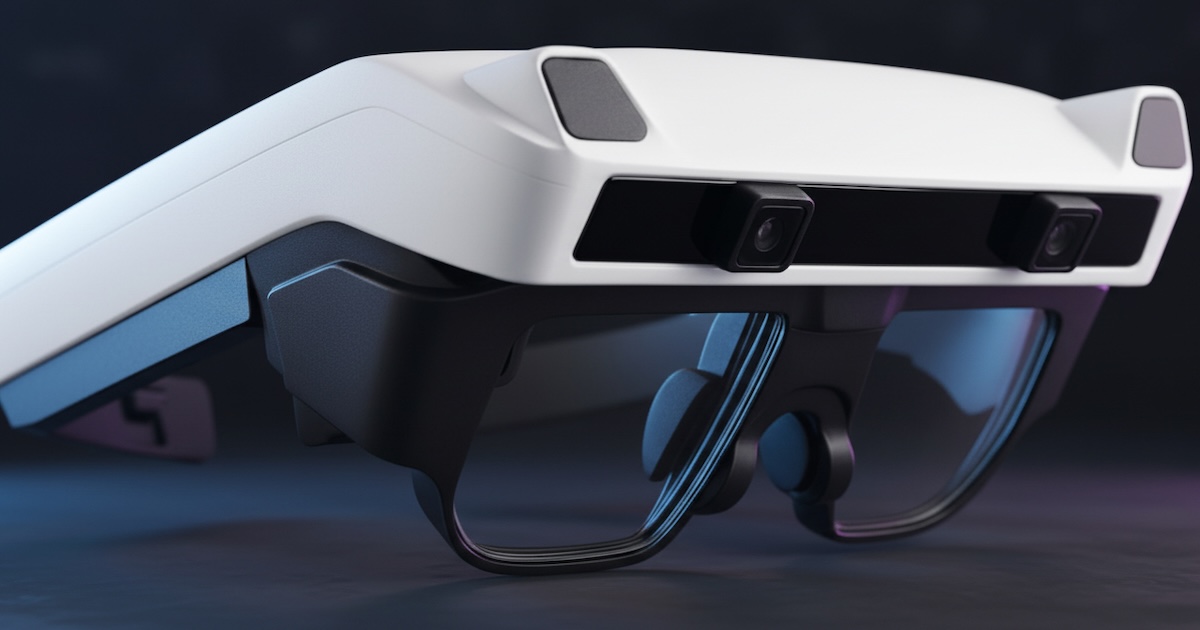Mobile devices – and patients and staff, for that matter – present new challenges in the growing and costly battle to prevent hospital-acquired infections (HAIs) and suberbugs. Now some healthcare providers and vendors are tackling these concerns with mHealth solutions that range from remote monitoring platforms to germ-zapping robots.
New Cross Hospital in Wolverhampton, UK, for instance, has been using real-time locating system (RTLS) technology from TeleTracking Technologies for the past nine months in its "Safe Hands" program. The technology is used not only to monitor when and where patients and staff wash their hands, but to track equipment in need of cleaning and determine which staff members are in contact with which patients.
In one case, hospital officials found that an infected patient had come into contact 217 times with staff members, other patients and mobile medical assets before the infection was diagnosed.
"This is why it's so hard to contain norovirus and C. diff," said Clare Nash, RN, a program manager at the hospital, in a press release. "I am so amazed at the power of this data. It shows us how important it is to get an infected patient isolated as soon as possible."
According to the World Health Organization, an estimated 1.4 million people around the world become ill from HAIs in a given year, and yet hand hygiene compliance in hospitals is below 40 percent. In the United States alone, the Centers for Disease Control and Prevention estimates that one in every 25 patients falls prey to an HAI.
The TeleTracking technology, contained in staff tags, patient wristbands and tags affixed to equipment, charts whenever equipment is moved, a patient changes wards or a staff member washes his or her hands, and alerts are sent out if a patient hasn't been seen in an hour or if a patient is in an isolated area for longer than 20 minutes.
Hospital officials say discharged patients leave their RTLS wristbands in a drop-box before leaving the hospital, automatically triggering housekeeping to clean their rooms. That speeds up the disinfection process and enables the hospital to prepare a room for a new patient in about 40 minutes – another advantage of the technology.
At the New Orleans-based Ochsner Health System, meanwhile, officials are going with the RL6:Infection remote surveillance system developed by RL Solutions of Toronto in eight facilities. Among the platform's benefits are real-time monitoring and audits of hand hygiene practices via tablet or smartphone. Hospital officials can not only keep track of who is washing their hands and when, but mine the data to spot areas or practices where HAIs have more potential to develop.
Another technology platform focuses on the growing use of mobile devices in the healthcare setting, and the popularity of BYOD polices. Cleveland-based Daylight Medical is touting its SKY 6Xi disinfection technology as an effective way of quickly cleaning mobile devices.
Company officials say SKY 6Xi uses high-intensity (254 nanometer wavelength) ultraviolet light in the 'C' spectrum (UVC) to disinfect patient and staff smartphones, tablets, laptops and other mobile devices. In critical care environments, Daylight offers special "photochromic sleeves" that enable devices to be used in those environments with minimal risk of contamination, along with special markers that report when the device is disinfected with high-intensity UVC light.
"SKY was designed with the busy healthcare provider in mind," said Rick Dayton, Daylight Medical's president, in a press release issued earlier this year. "It's easy to use and can thoroughly disinfect a mobile device within 30 seconds, phones within 10 seconds. SKY can be used in any area of the hospital and takes the guesswork out of whether or not a device is contaminated. This is important when you consider the risk of transmission from mobile devices, not only to patients, but also to hospital staff."
Another company, Xenex, based in San Antonio, uses a pulsed xenon UV disinfection system – or, in simpler terms, "germ-zapping robots" – to battle patient infections. Operated by hospital staff, the robot is dispatched into a room and takes about five minutes to bombard the room with pulsed xenon ultraviolet light, destroying viruses, mold, bacteria, fungus and bacterial spores.
To prove their point, Xenex officials cite a study published recently in the American Journal of Infection Control in which it was reported that Westchester Medical Center in Valhalla, N.Y., reduced HAIs by 20 percent by using UV light technology. That study follows similar success stories reported by the Department of Veterans Affairs, which is using the system in approximately 200 facilities, and Cooley Dickinson Hospital in Mass., which saw a 53 percent decrease in HAIs last year.
“Eliminating superbugs like MERS, C.diff and MRSA from the environment before they harm patients is what can and should be done – right now," Xenex Co-founder and Chief Scientific Officer Mark Stibich said in a press release. "Reducing the risk of infection through disinfecting the environment is an essential component of infection control."


